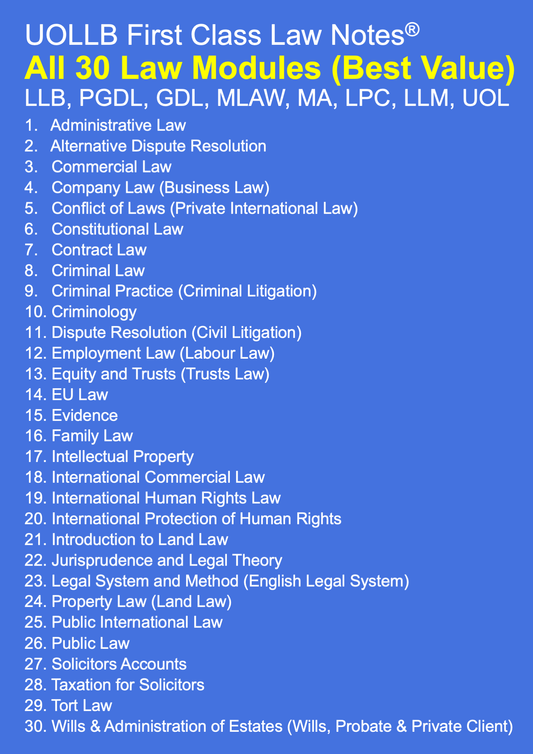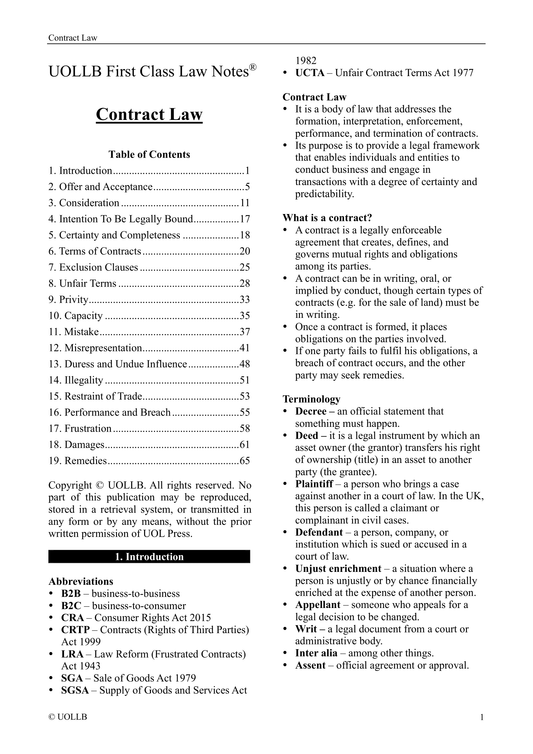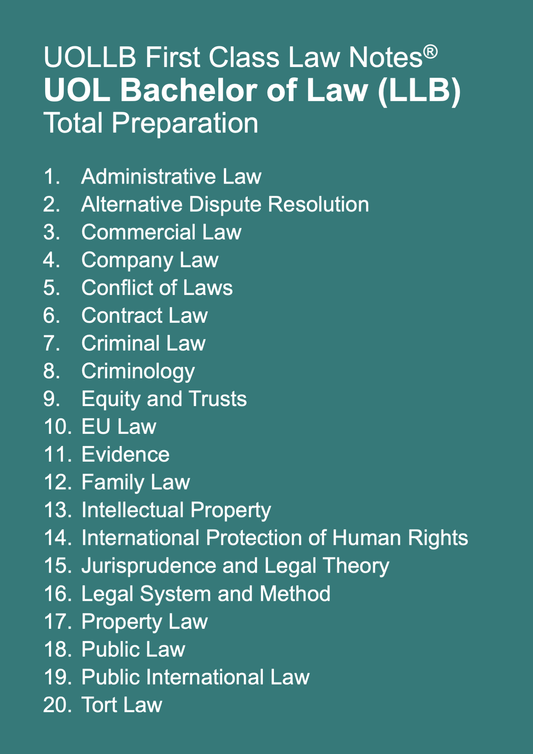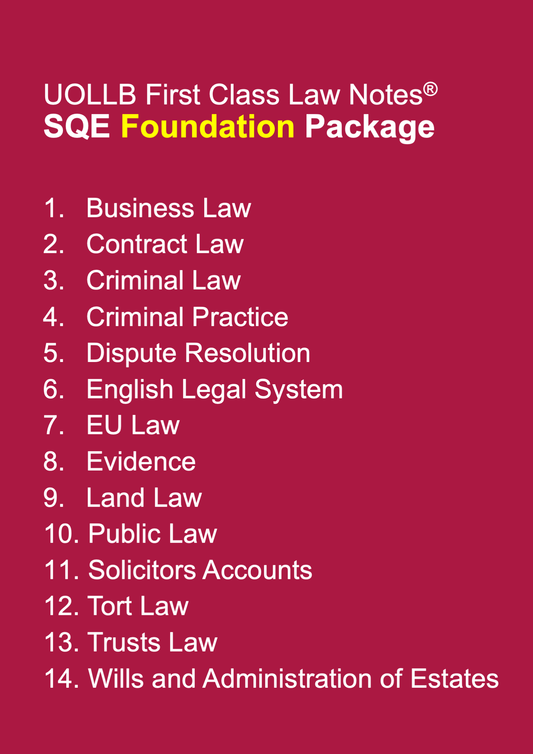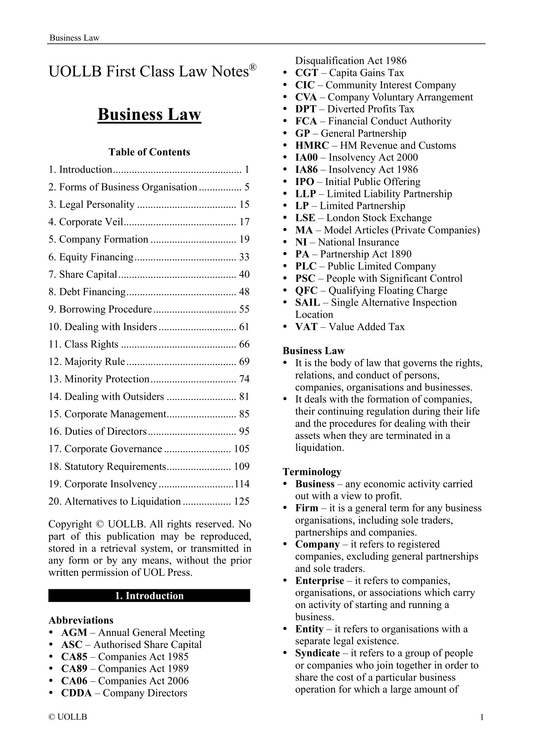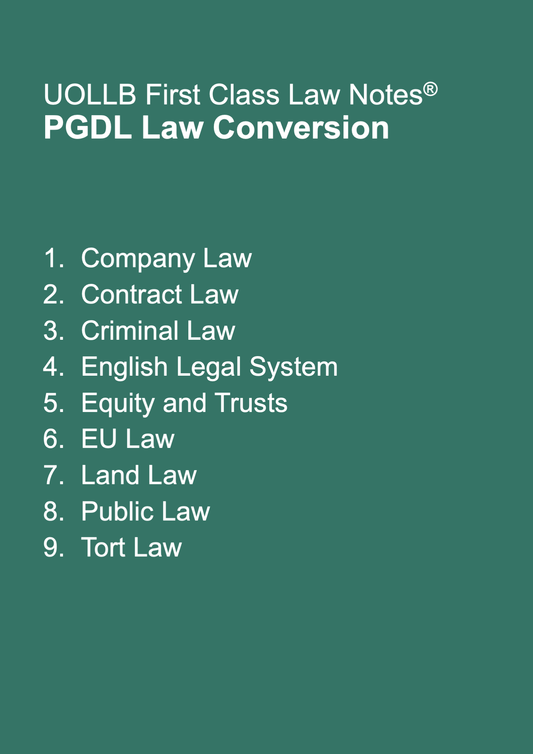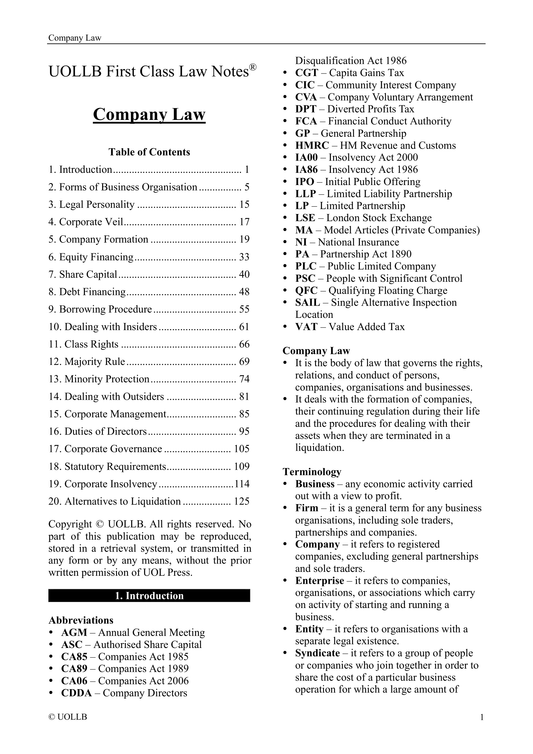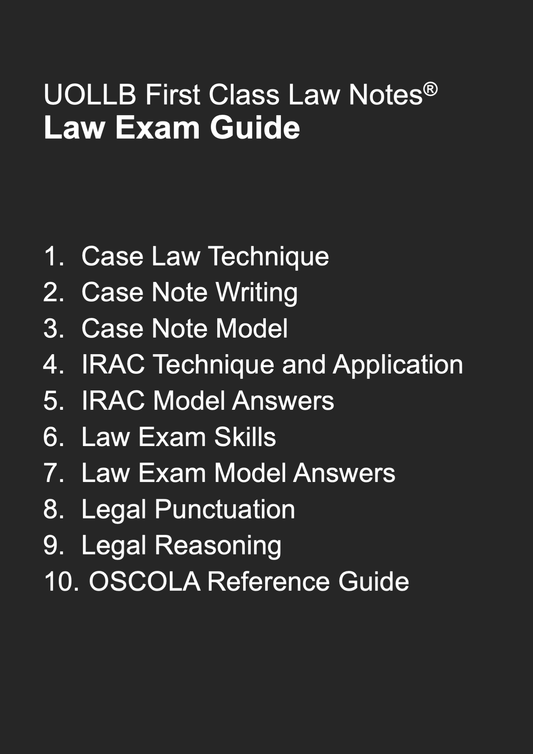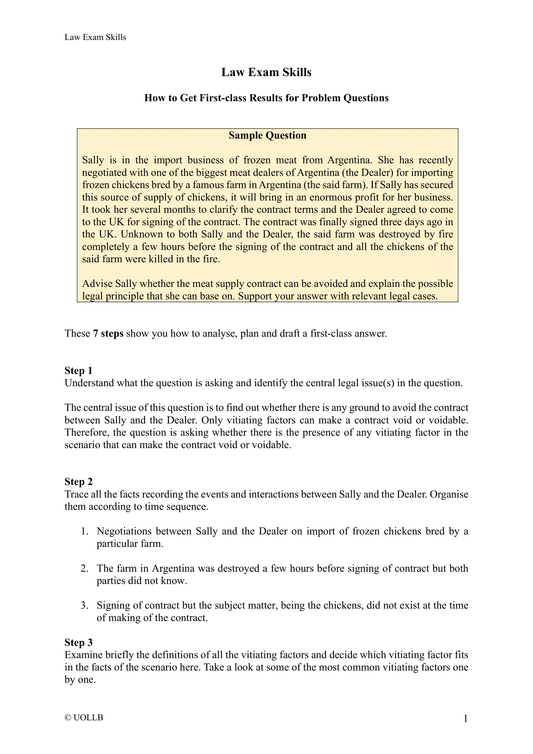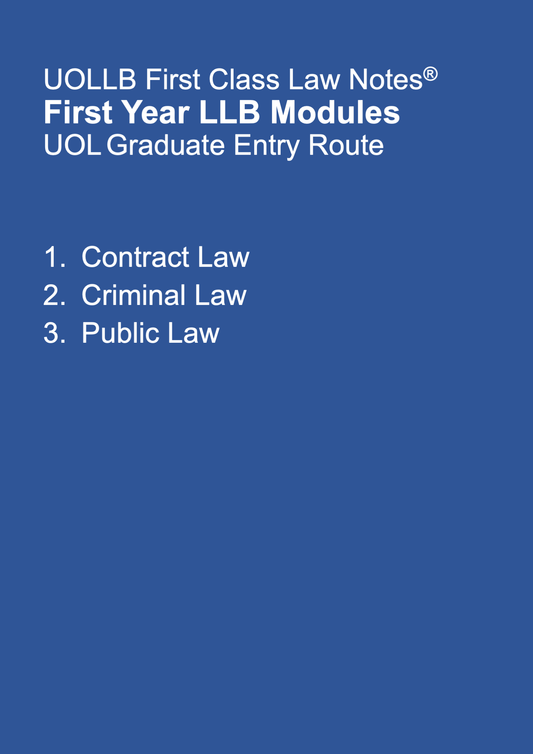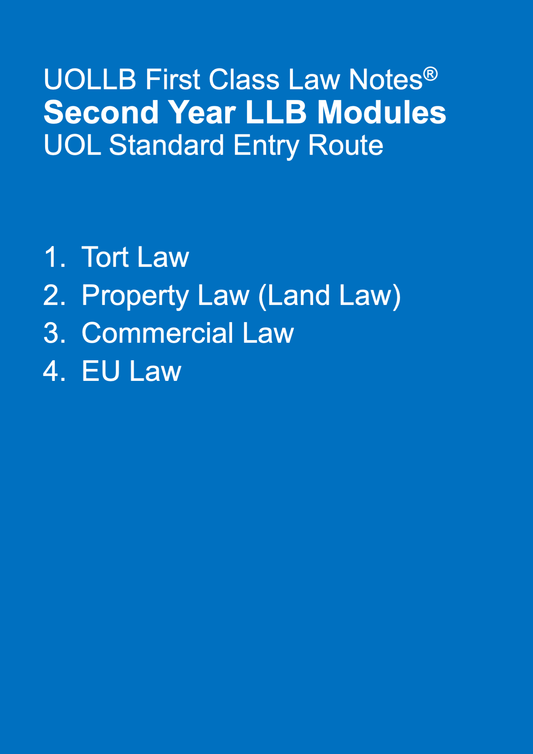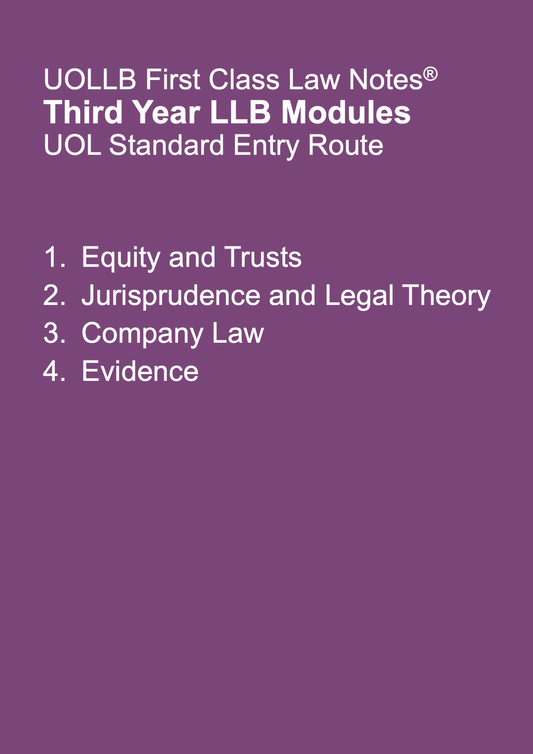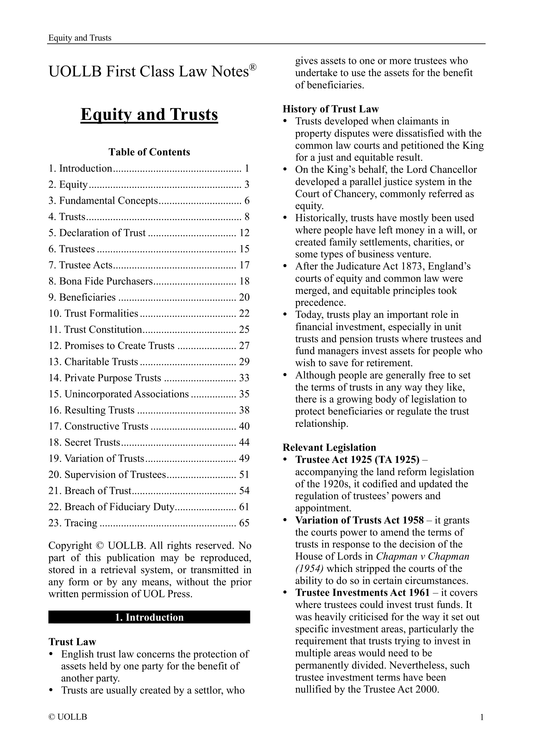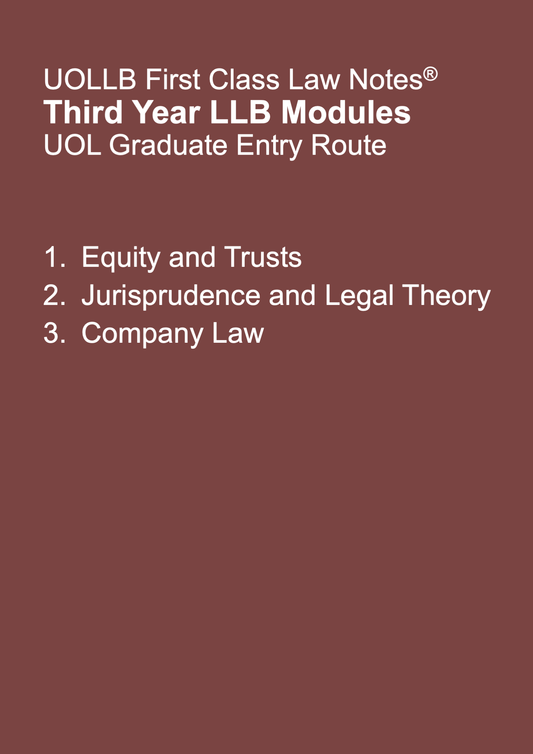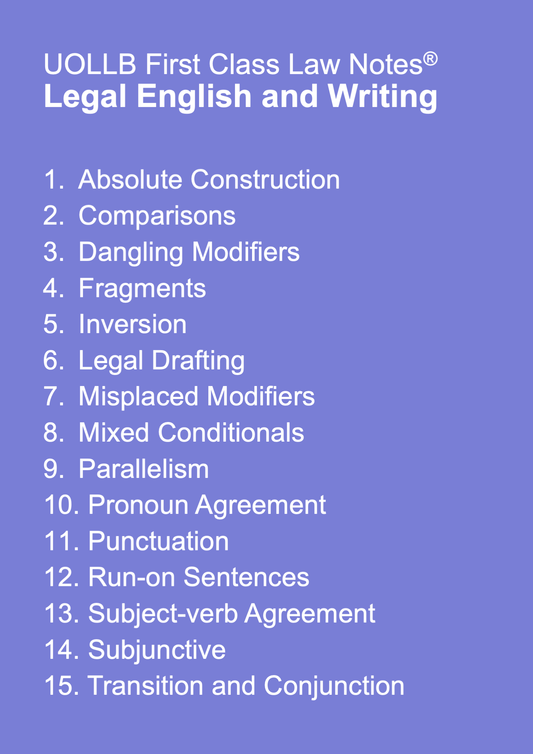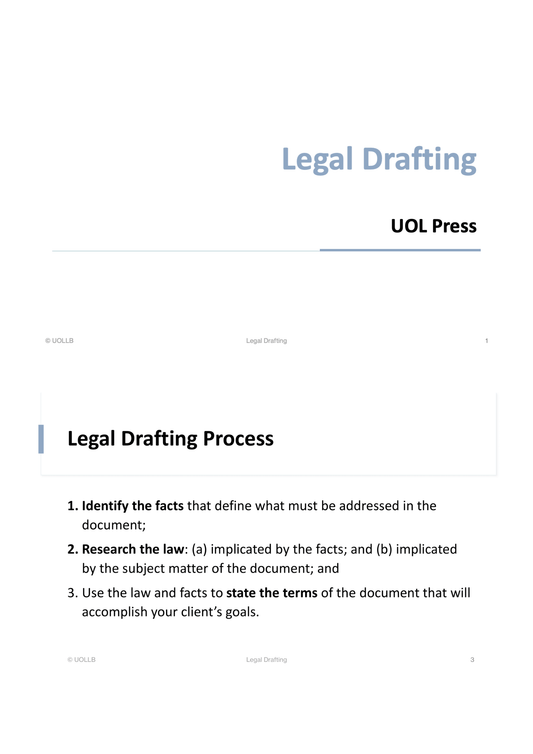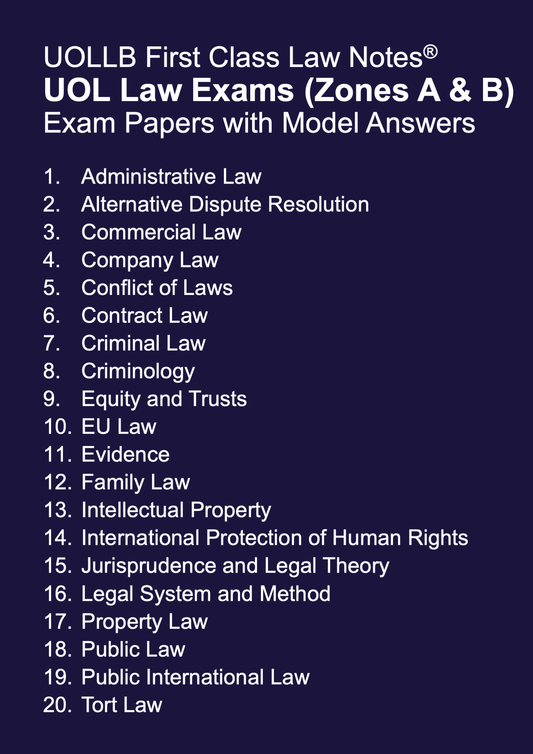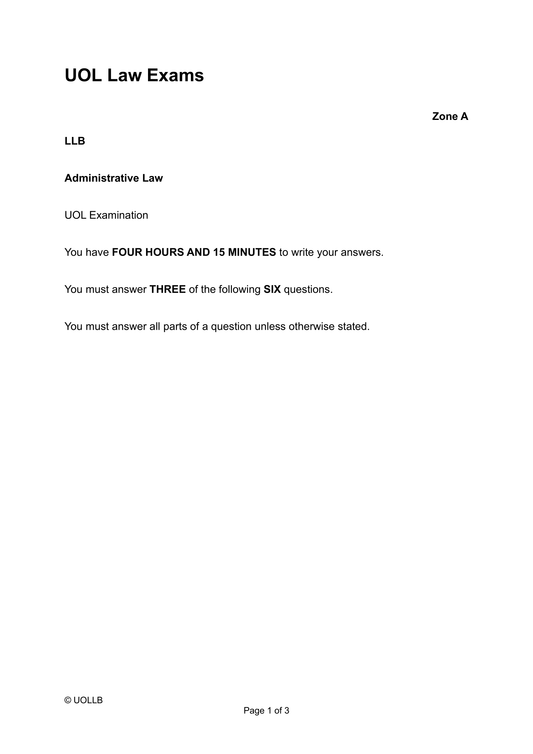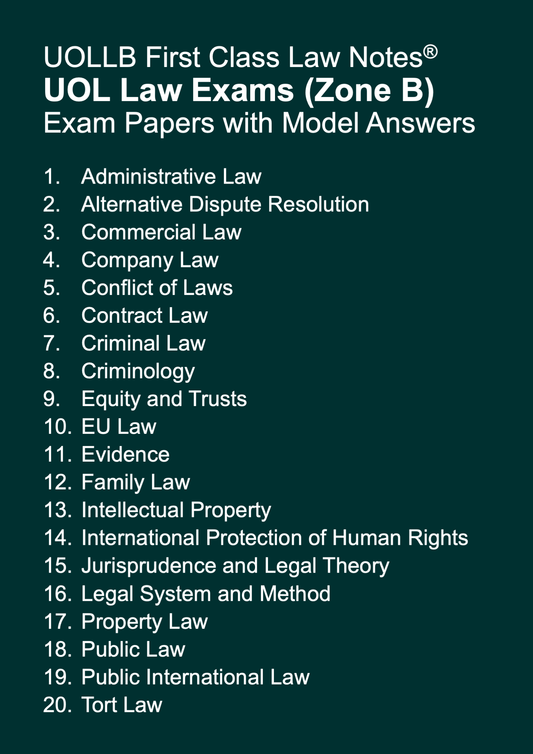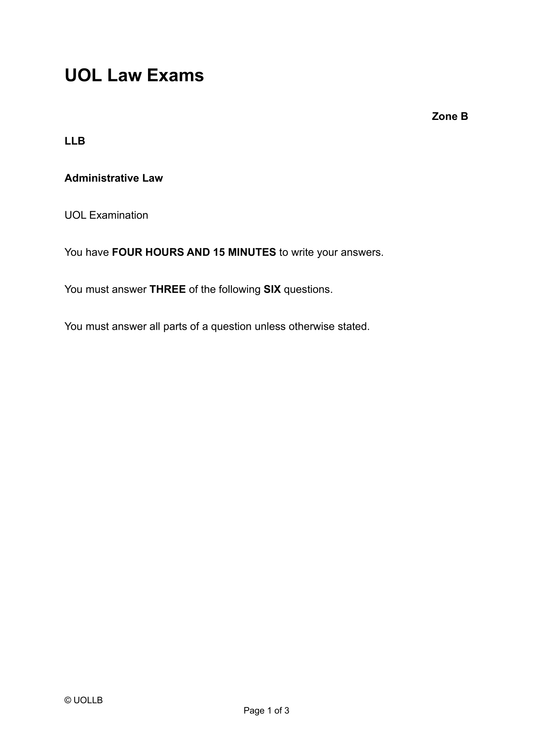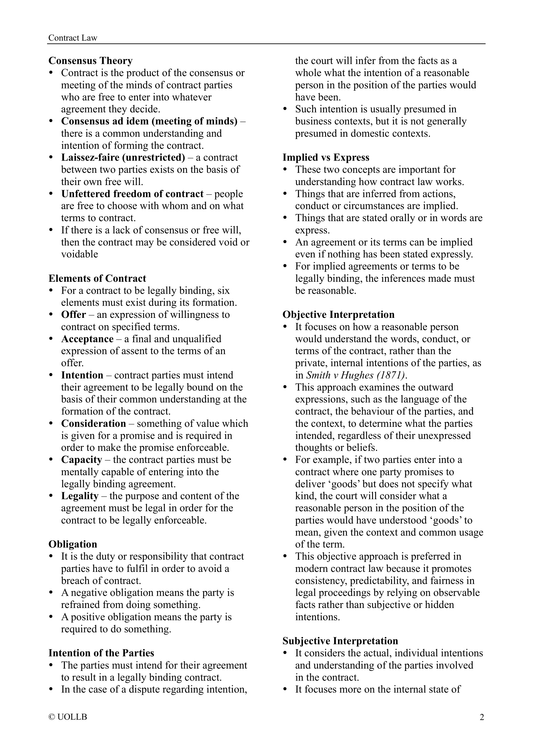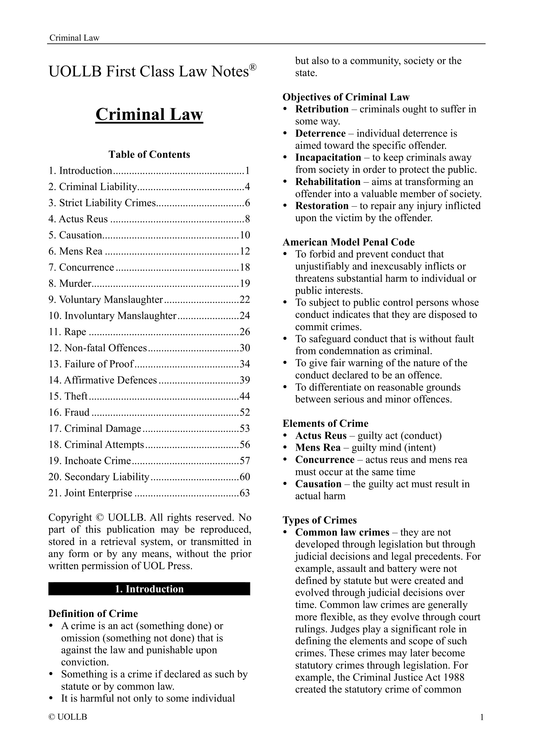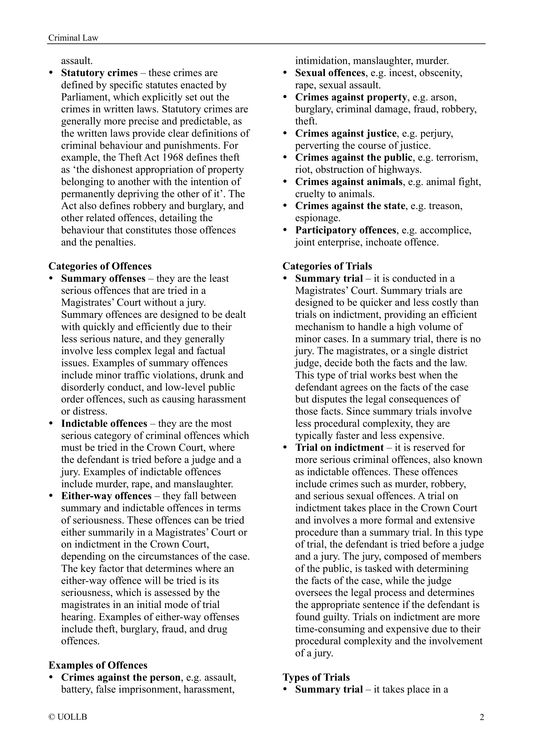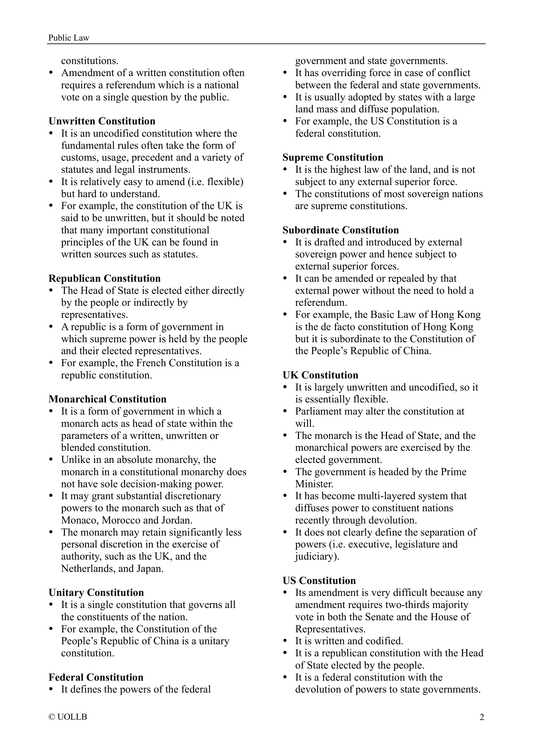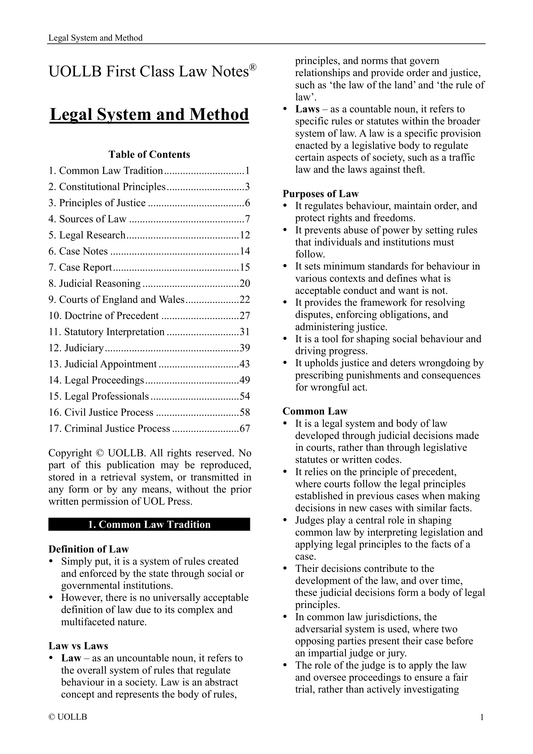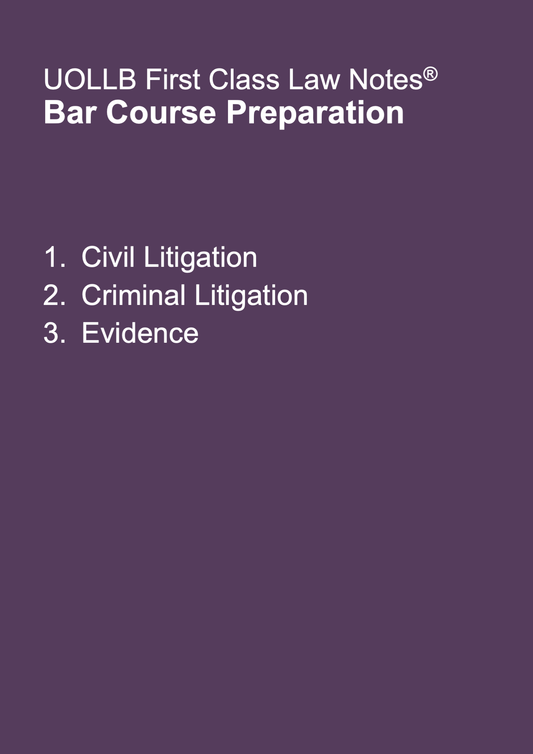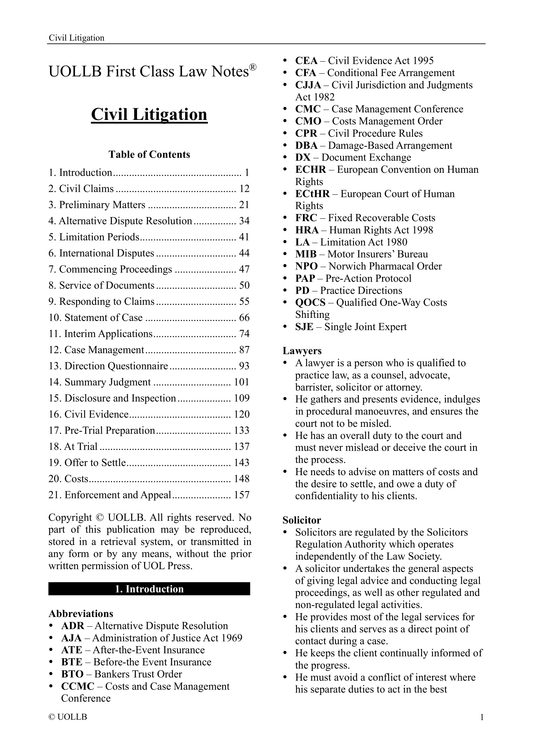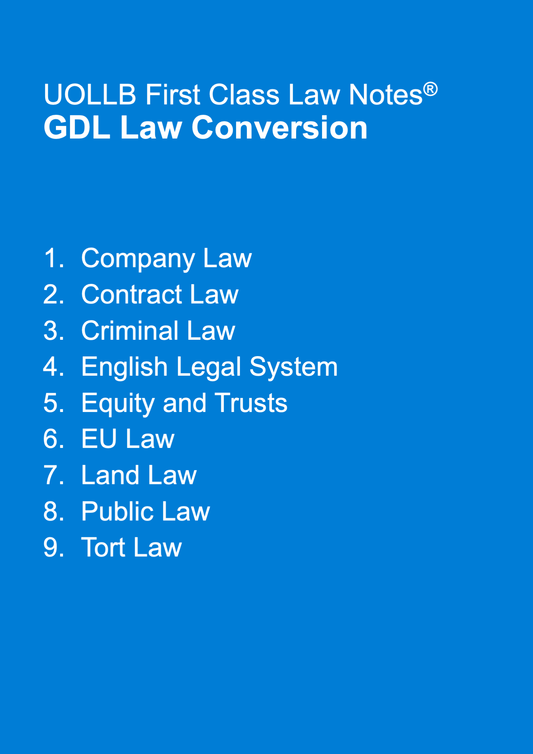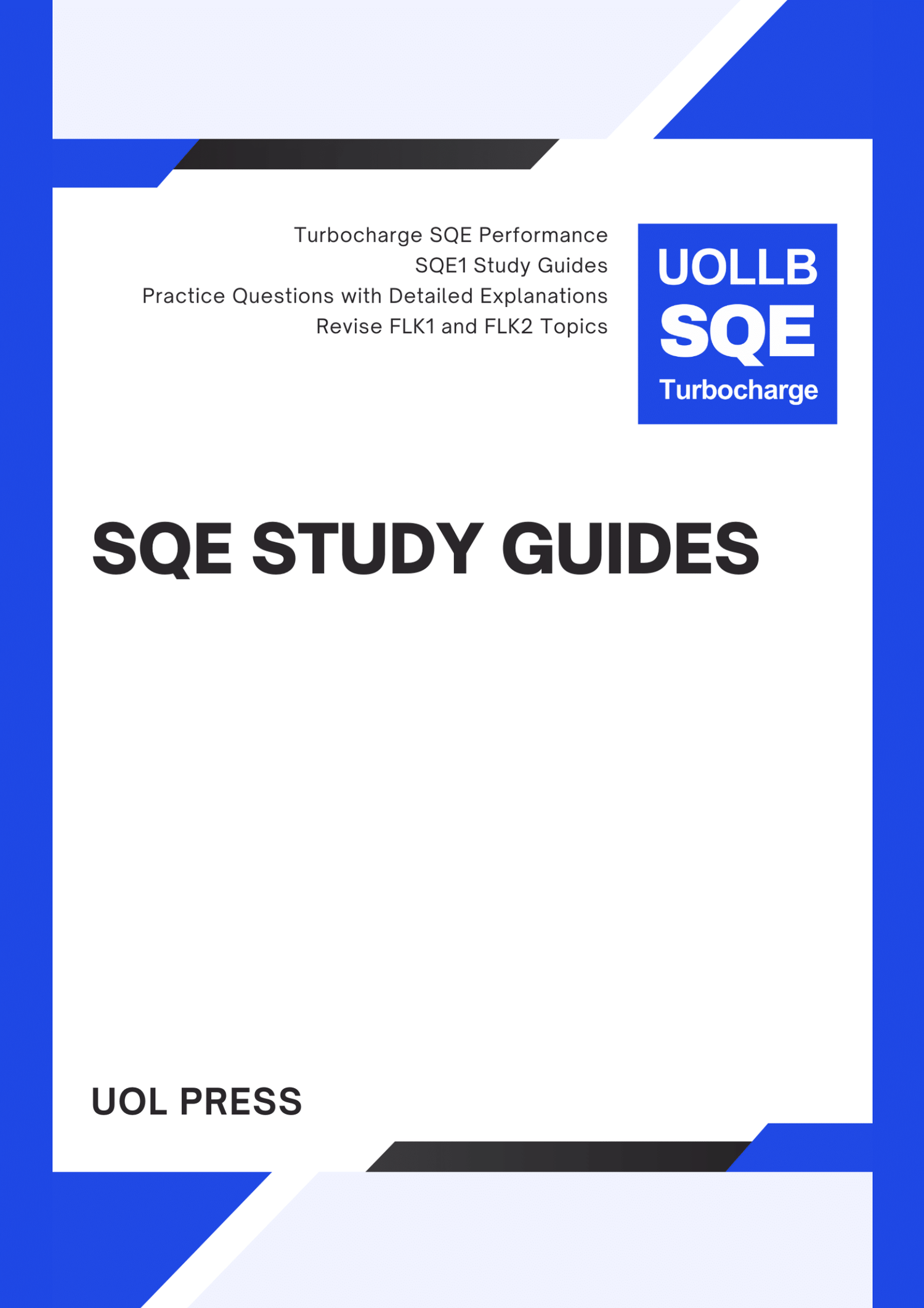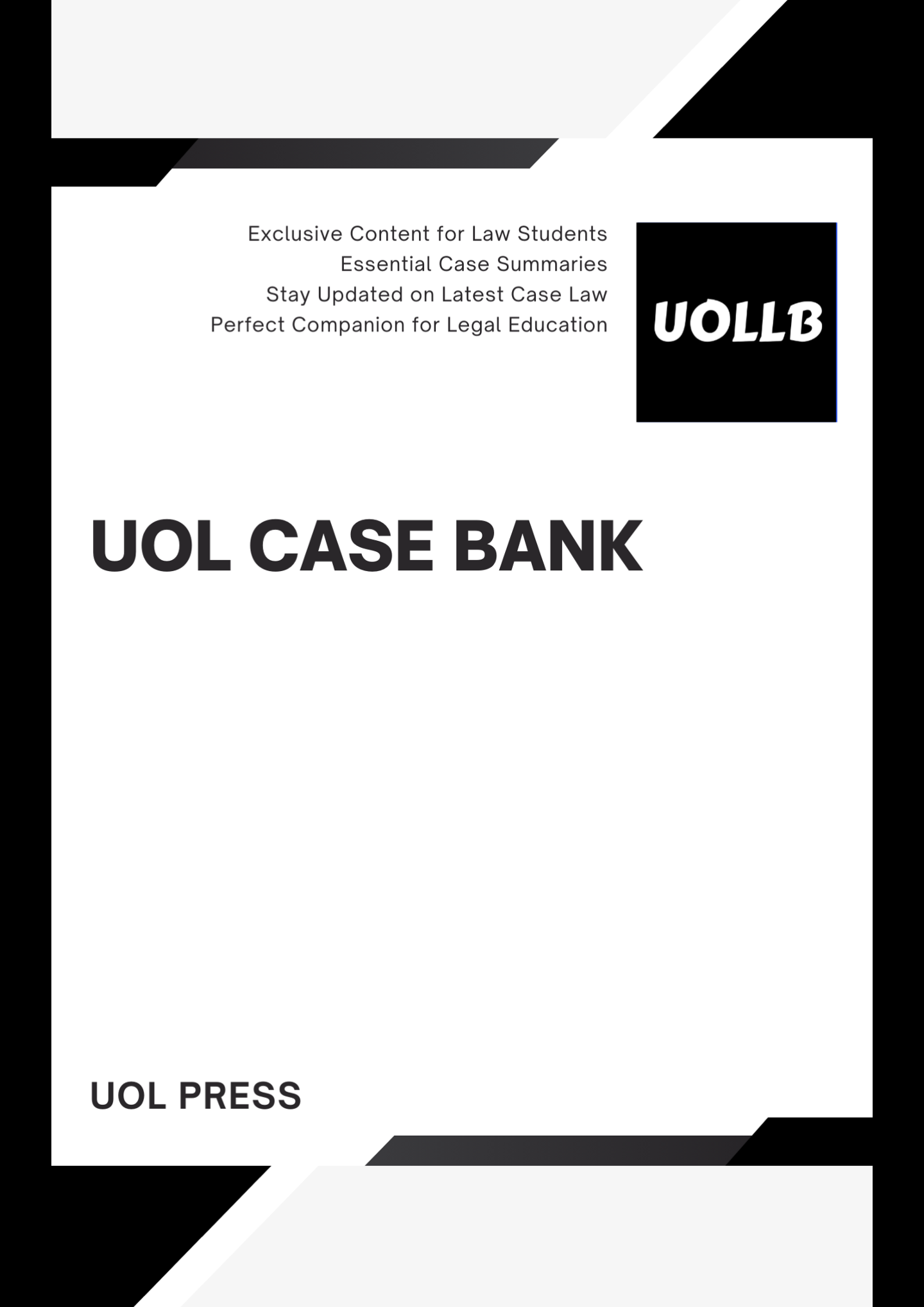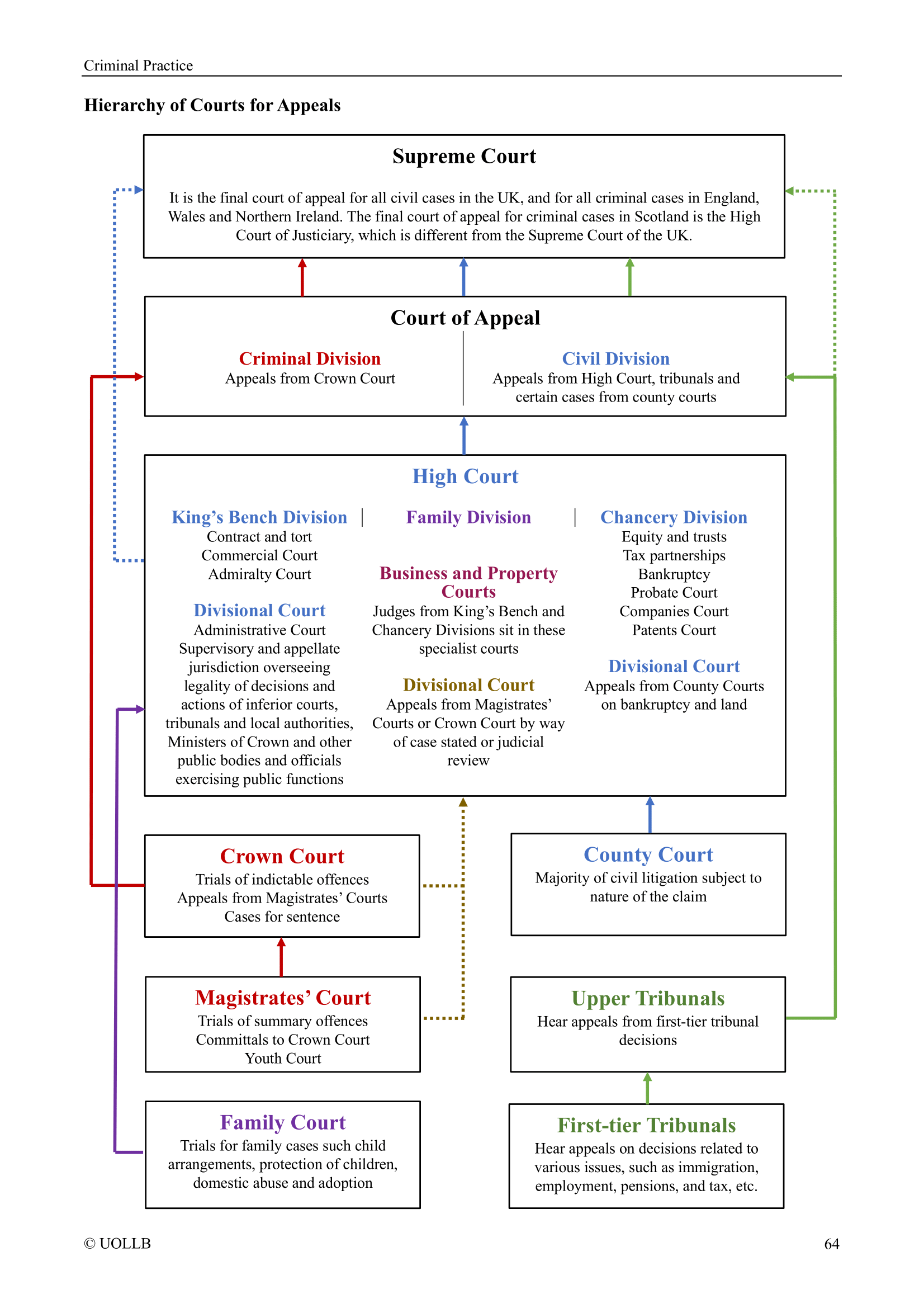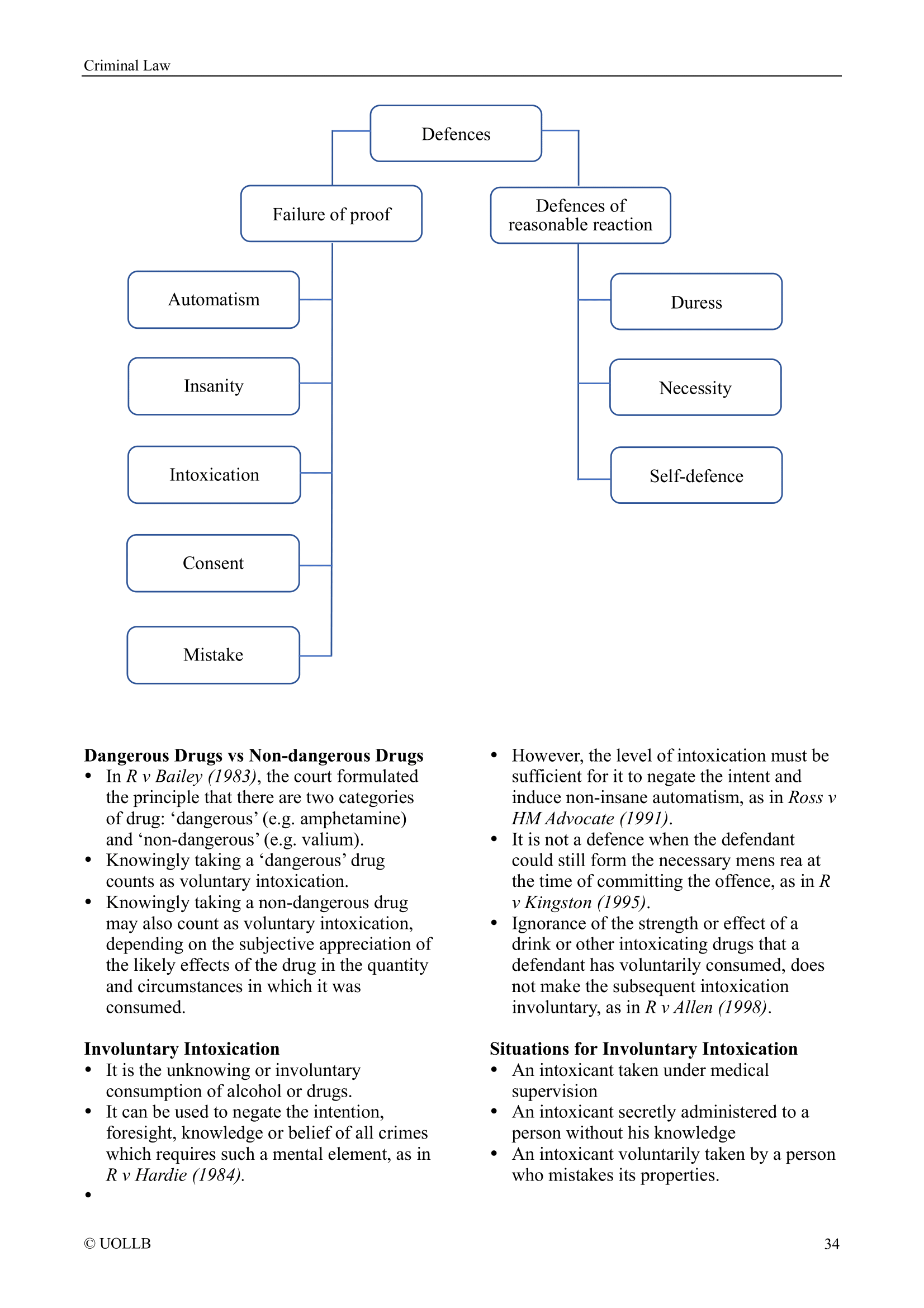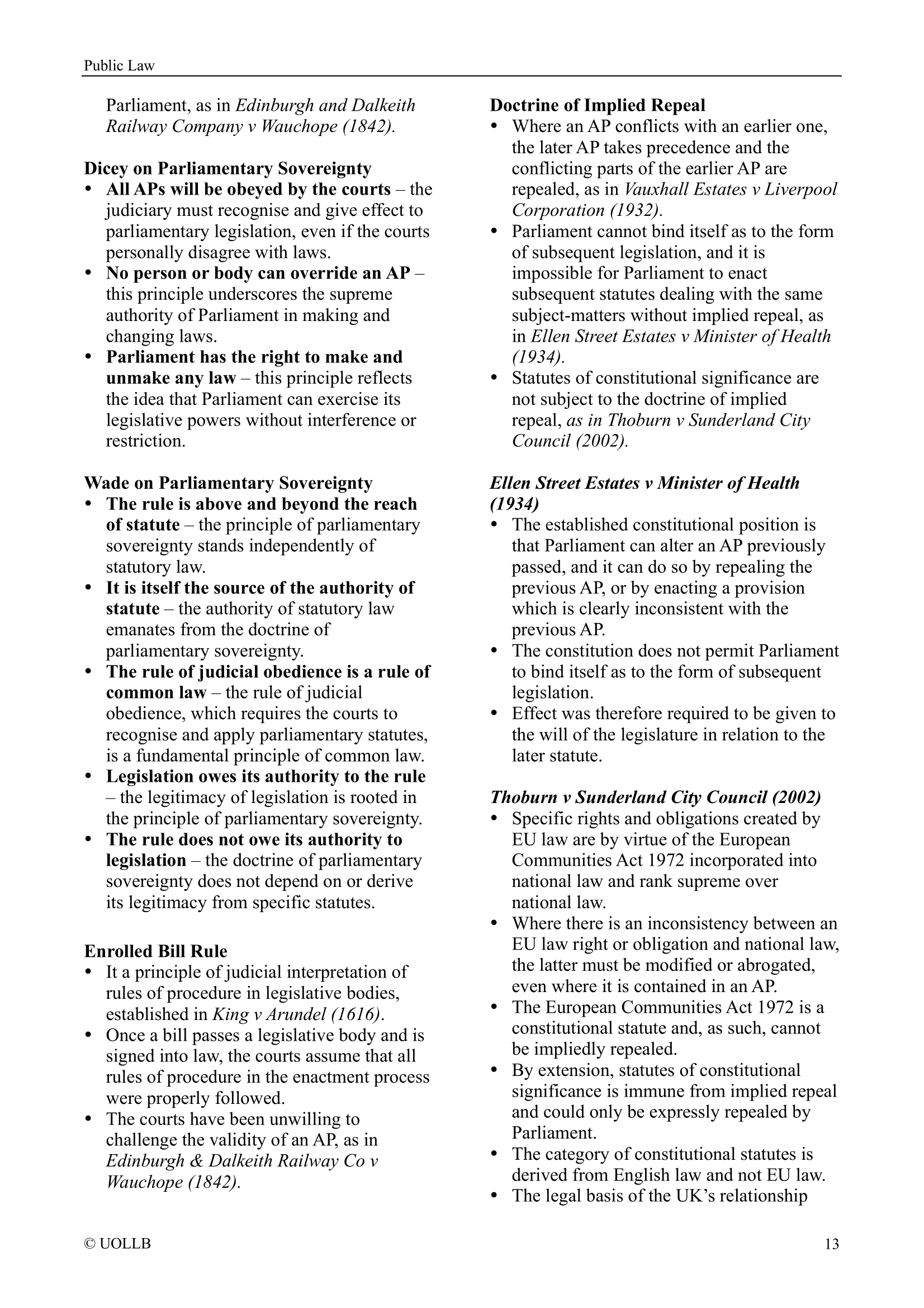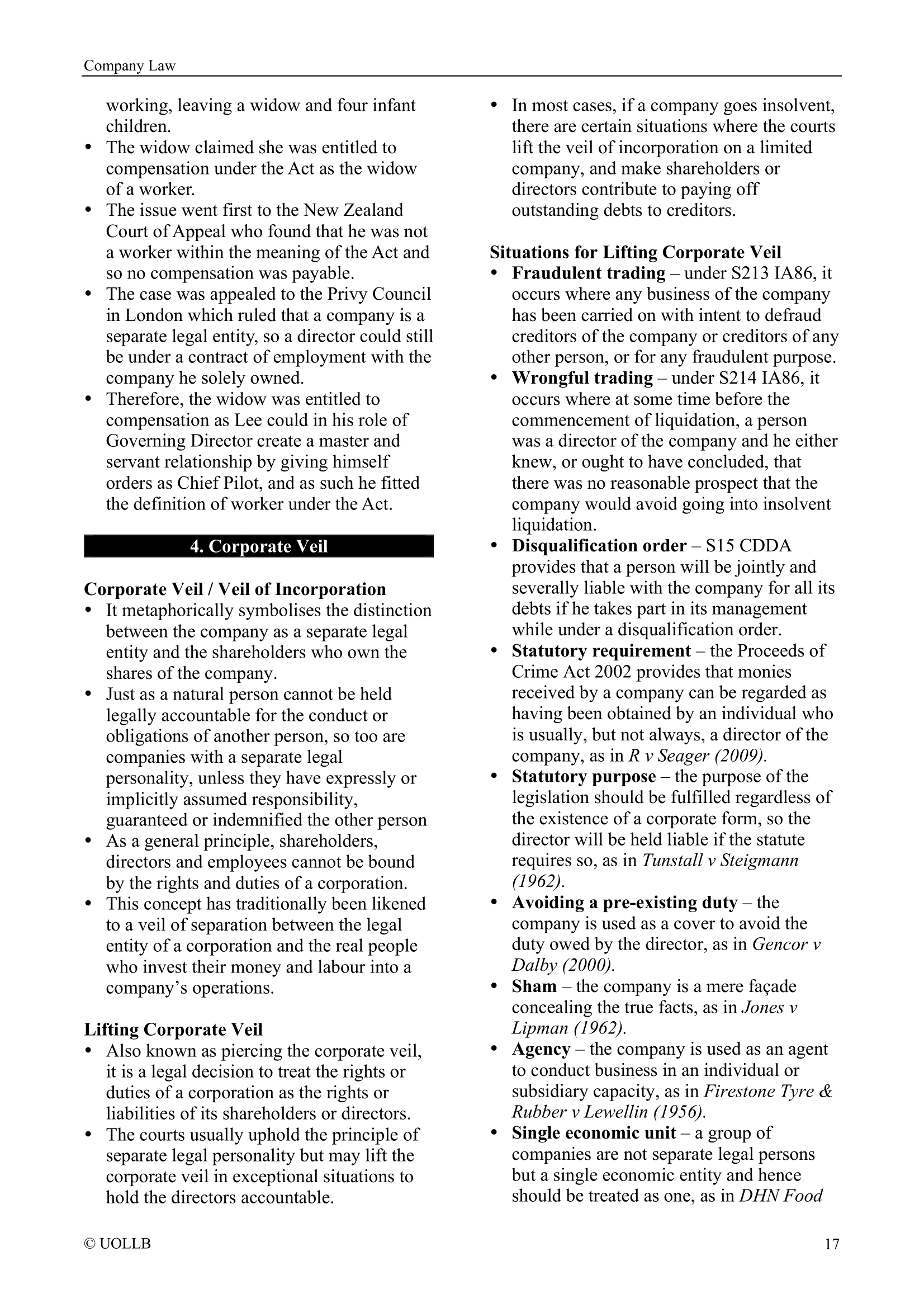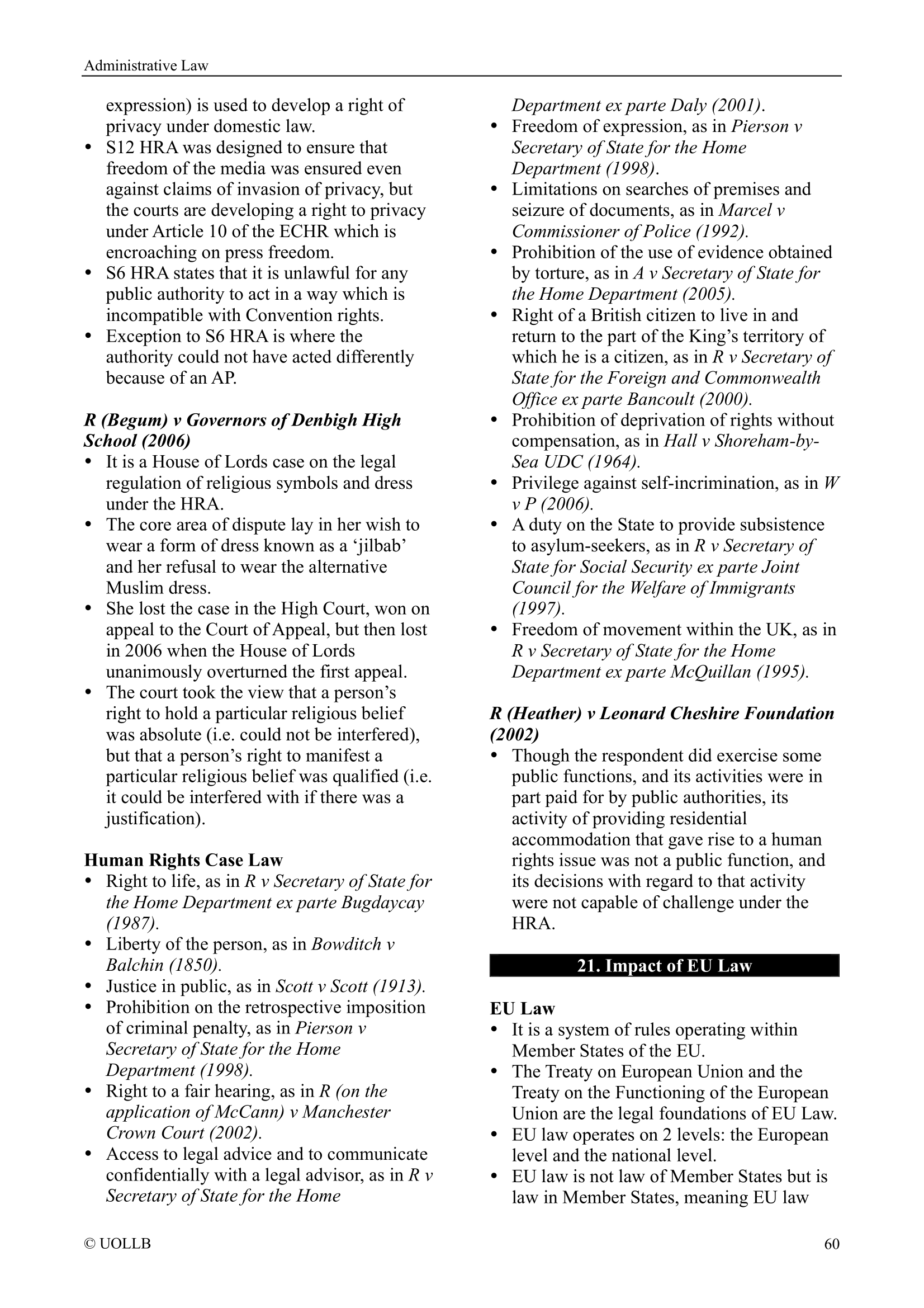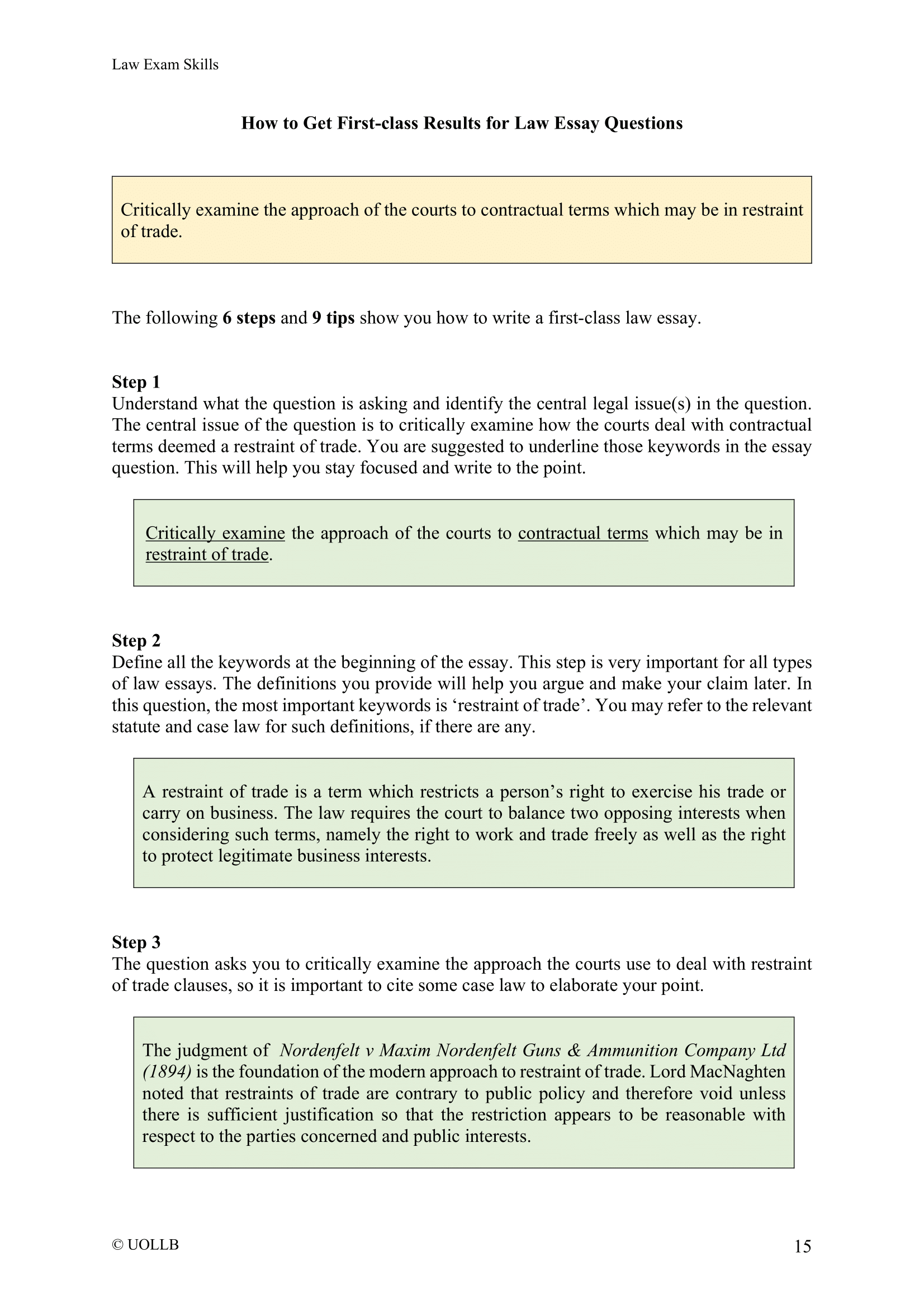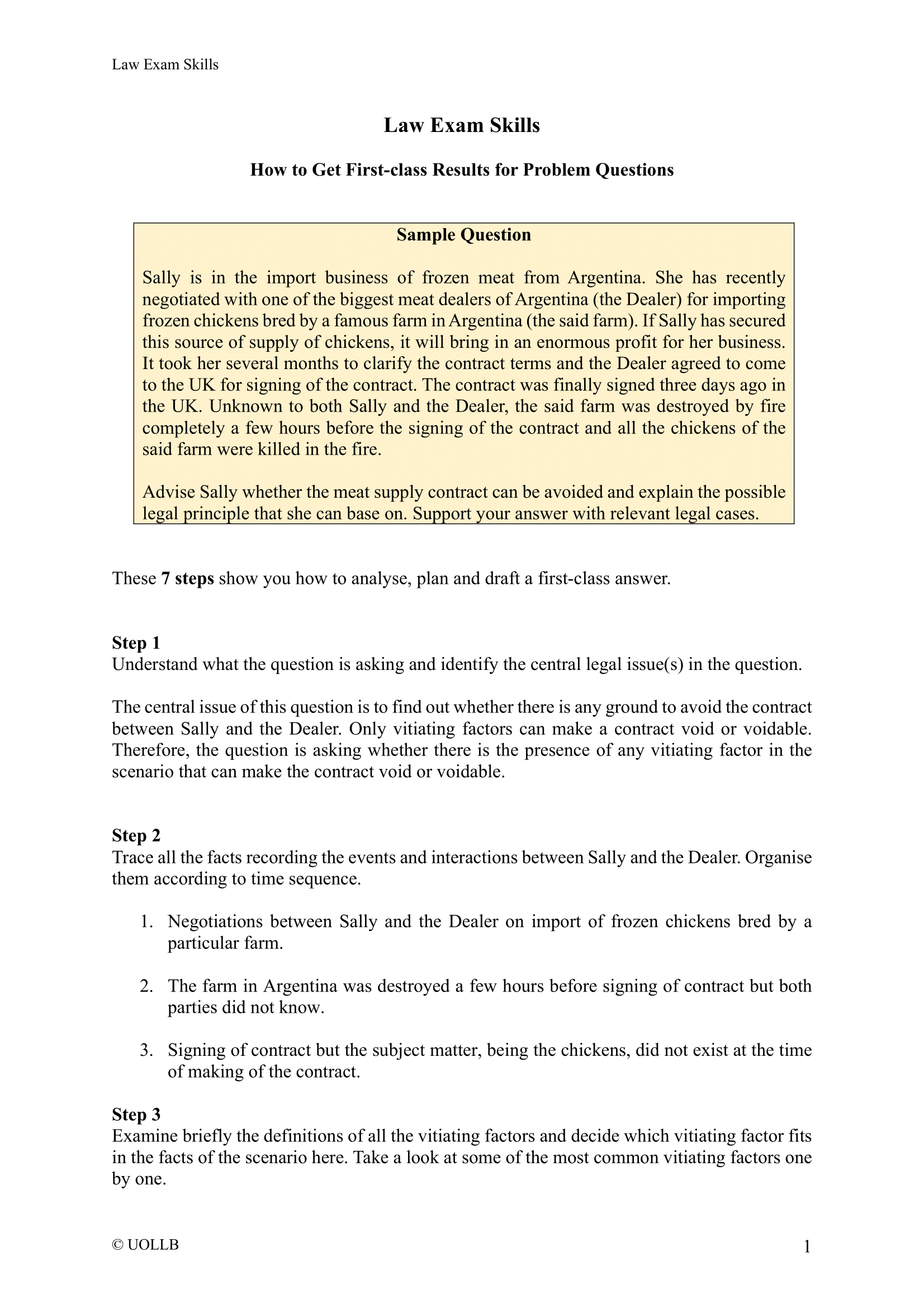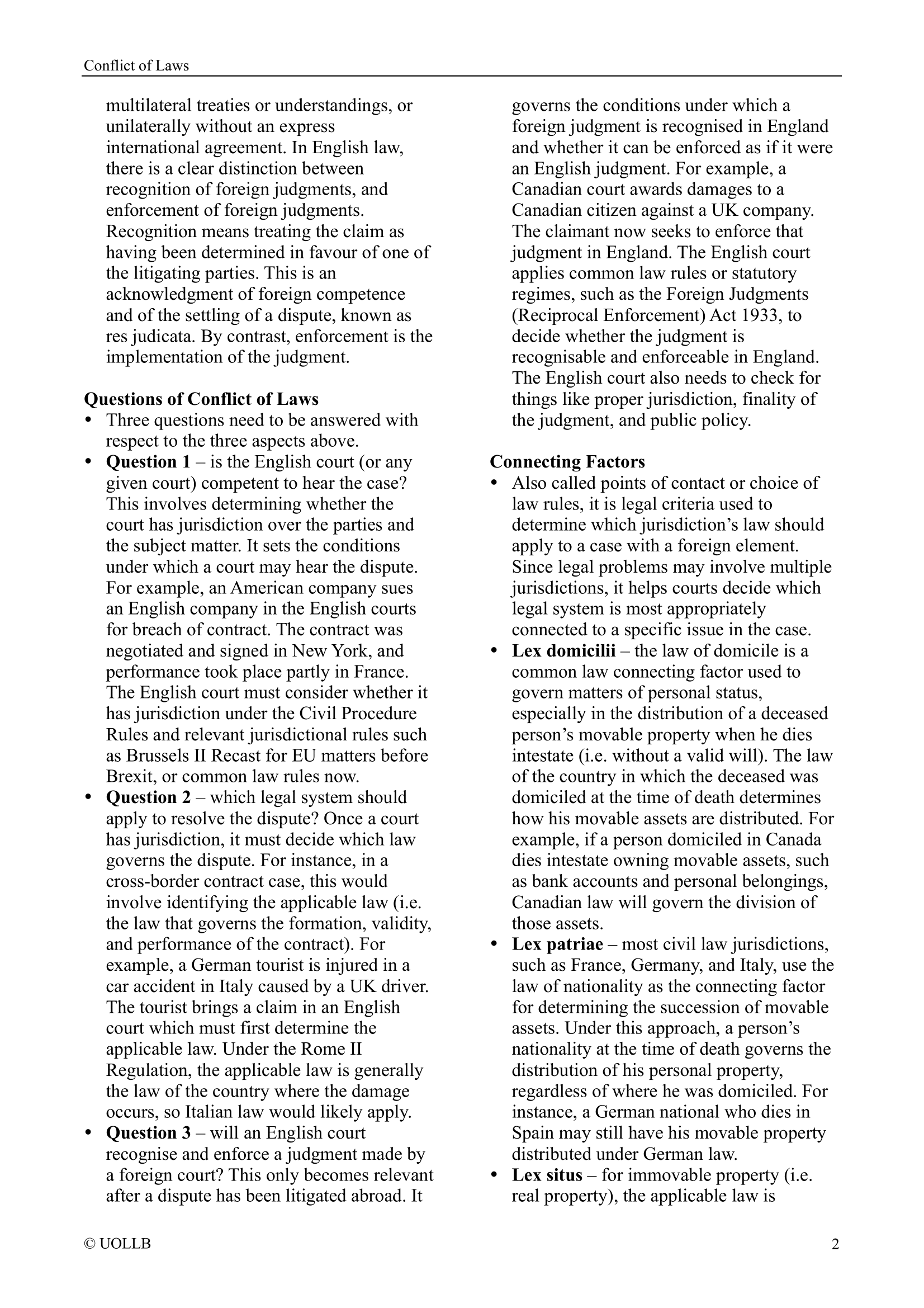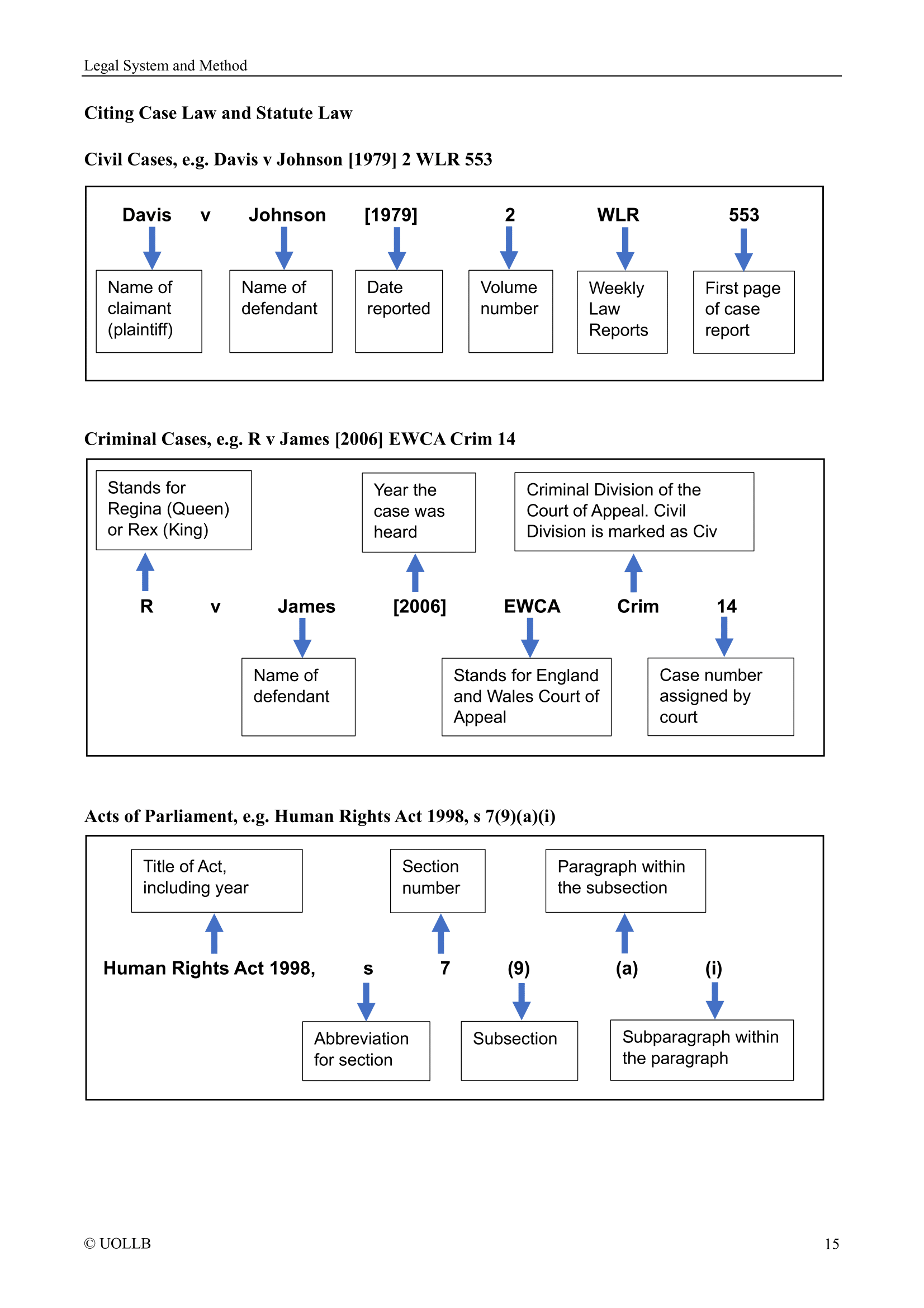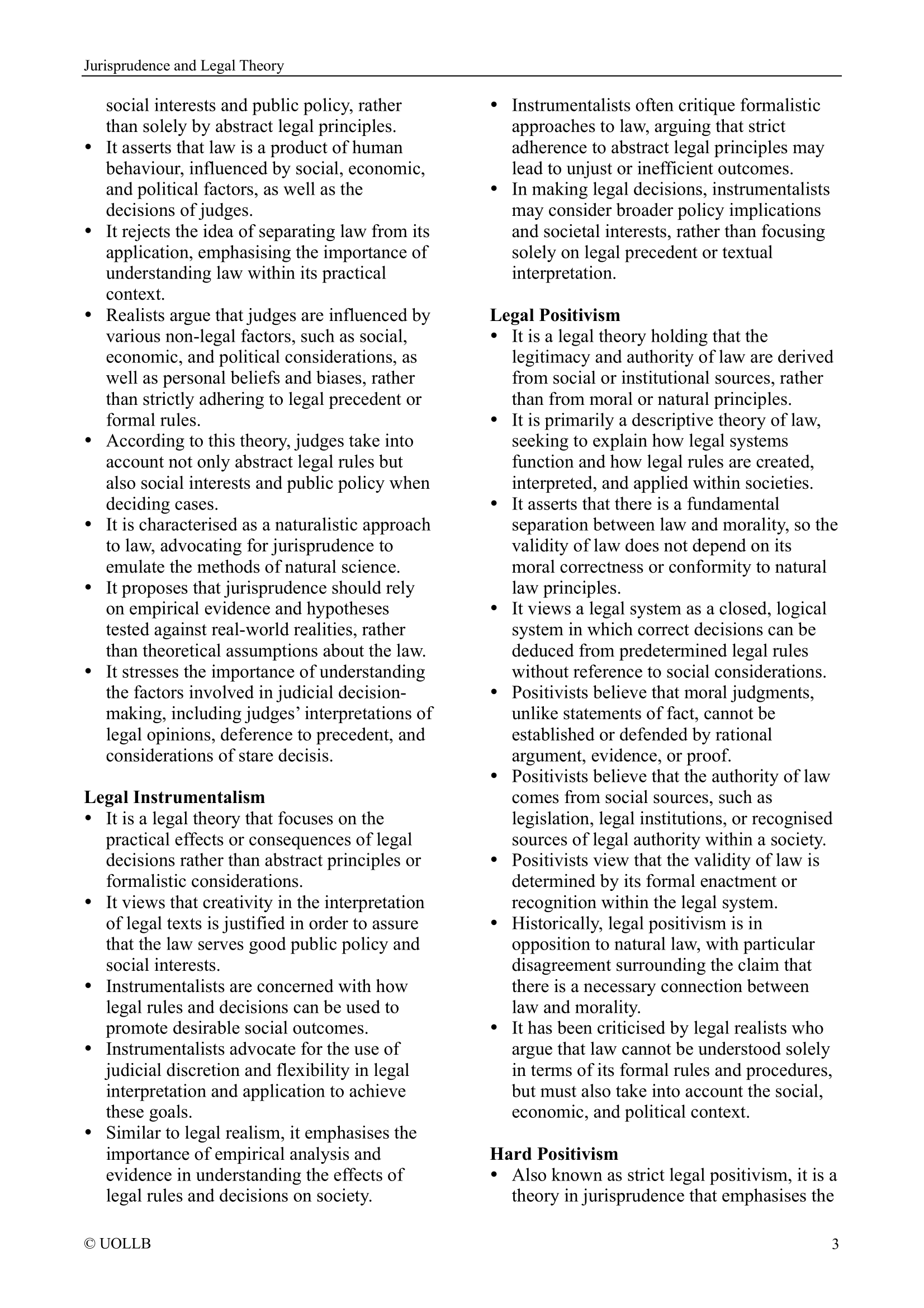Top 10 Legal Cases All UK Law Students Should Know
Share
Donoghue v Stevenson [1932] AC 562
This landmark case established the modern concept of negligence. Mrs Donoghue drank ginger beer containing a decomposed snail, leading to illness. She sued the manufacturer despite having no direct contract. The House of Lords, led by Lord Atkin, introduced the neighbour principle, holding that individuals owe a duty of care to their neighbours, those foreseeably affected by their actions. This created the foundation for the duty of care in negligence law.
Carlill v Carbolic Smoke Ball Co [1893] 1 QB 256
Carbolic Smoke Ball Co advertised £100 for anyone who used their product and still caught the flu. Mrs Carlill did and claimed the money. The court ruled the advert was a unilateral offer to the world, and her actions constituted acceptance. The company’s deposit of £1,000 in the bank evidenced intent to be bound. This case clarified offer, acceptance, and intention to create legal relations, forming a cornerstone of modern contract law.
R v Cunningham [1957] 2 QB 396
In this case, Cunningham broke a gas meter to steal money, causing gas to leak and harm a neighbour. He was charged with maliciously administering a noxious thing. The court held “maliciously” required recklessness or intent, and introduced the concept of subjective recklessness: the defendant must foresee the risk and still take it. This case is key in defining mens rea (mental element) for offences involving recklessness in English criminal law.
Entick v Carrington (1765) 19 St Tr 1029
Government agents broke into Entick’s home to seize papers, acting under a warrant without statutory authority. The court held their actions unlawful, establishing the principle that executive power must be justified by law. It affirmed the protection of individual liberties against state intrusion and is foundational in public law, underpinning the rule of law: no one, including the government, is above the law.
Rylands v Fletcher [1868] LR 3 HL 330
Fletcher’s mine flooded due to Rylands’ reservoir bursting. The court imposed strict liability: a person who brings something likely to cause harm if it escapes is liable for any damage caused, even without negligence. This created a distinct strict liability tort for hazardous activities. While modern courts have limited its scope, it remains a key precedent for cases involving non-natural use of land and escape of dangerous substances.
R v Brown [1994] 1 AC 212
A group of men engaged in consensual sadomasochistic acts causing injury. They were prosecuted for assault. The House of Lords ruled consent is not a defence to actual bodily harm in such circumstances, citing public interest in preventing violence. The case is controversial, highlighting tensions between individual autonomy and public morality. It remains significant for its restrictive interpretation of consent in criminal law, especially regarding non-fatal offences against the person.
Gillick v West Norfolk AHA [1986] AC 112
Mrs Gillick challenged health guidance allowing doctors to prescribe contraception to under-16s without parental consent. The House of Lords held that a child under 16 can consent to medical treatment if they have sufficient understanding and intelligence – the so-called Gillick competence. This case is fundamental in medical law, establishing that parental rights yield to the child’s autonomy where the child is deemed competent to make their own decisions.
Salomon v A Salomon & Co Ltd [1897] AC 22
Mr Salomon incorporated his bootmaking business, becoming a secured creditor of his own company. When the company failed, unsecured creditors sought to hold him personally liable. The House of Lords upheld the separate legal personality of the company, meaning it was distinct from its shareholders. This case established the corporate veil doctrine and remains central to company law, confirming limited liability and the autonomy of corporate entities.
Miller v Secretary of State for Exiting the EU [2017] UKSC 5
The government attempted to trigger Article 50 (Brexit) without parliamentary approval. The Supreme Court held this unconstitutional, affirming that only Parliament can change domestic law and fundamental rights, not the executive through prerogative powers. This reinforced parliamentary sovereignty and the rule of law. The case is a modern constitutional milestone, clarifying the balance of power between Parliament and the executive during significant political change.
Pepper v Hart [1993] AC 593
The House of Lords allowed reference to Hansard (Parliamentary debates) to interpret ambiguous legislation, provided the statement is clear and made by a minister. This marked a shift from the traditional exclusionary rule, which barred such references. The case widened the tools available for statutory interpretation, promoting greater clarity and parliamentary intent in judicial reasoning, though later courts have been cautious in its application.
